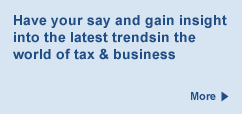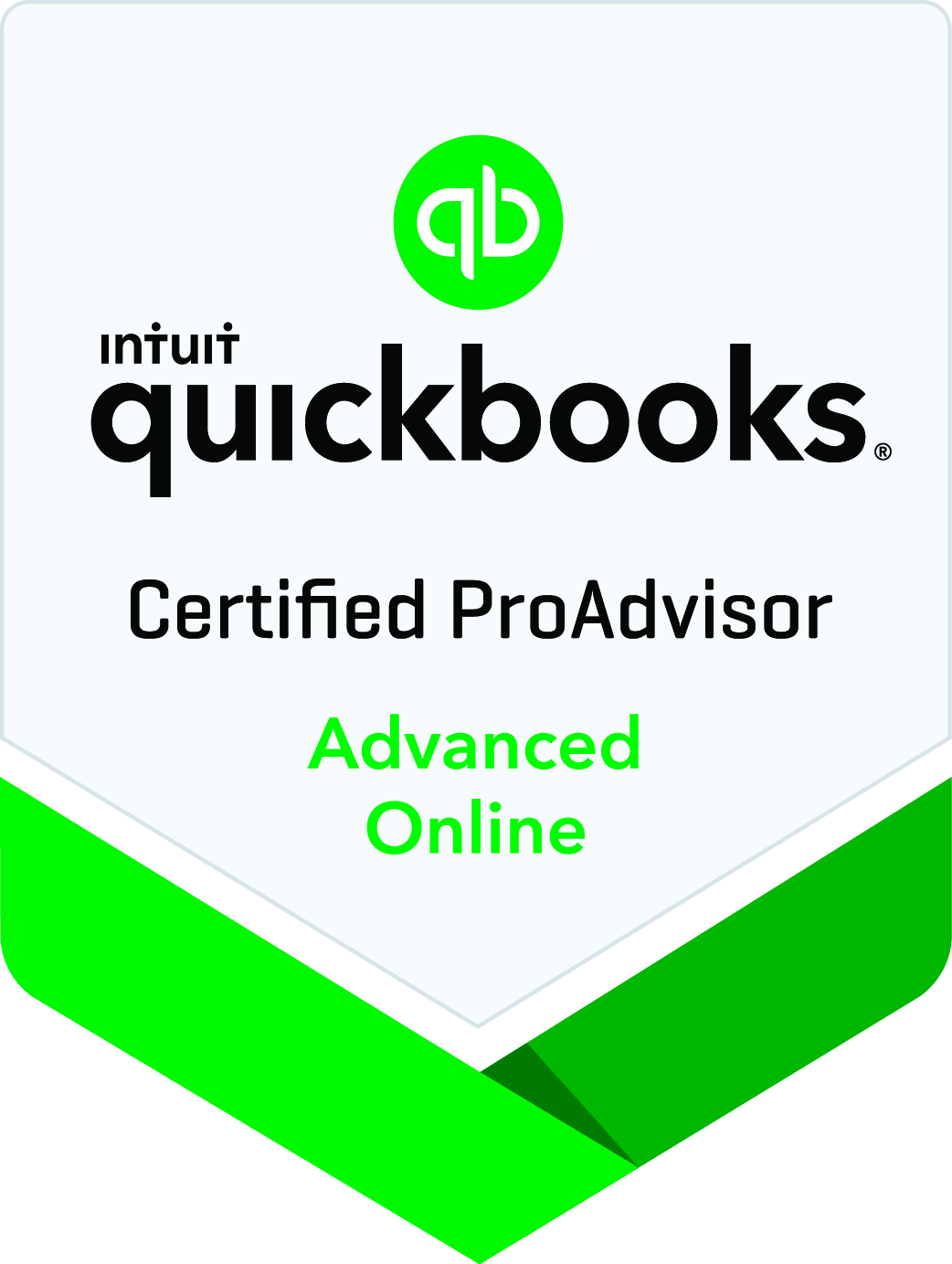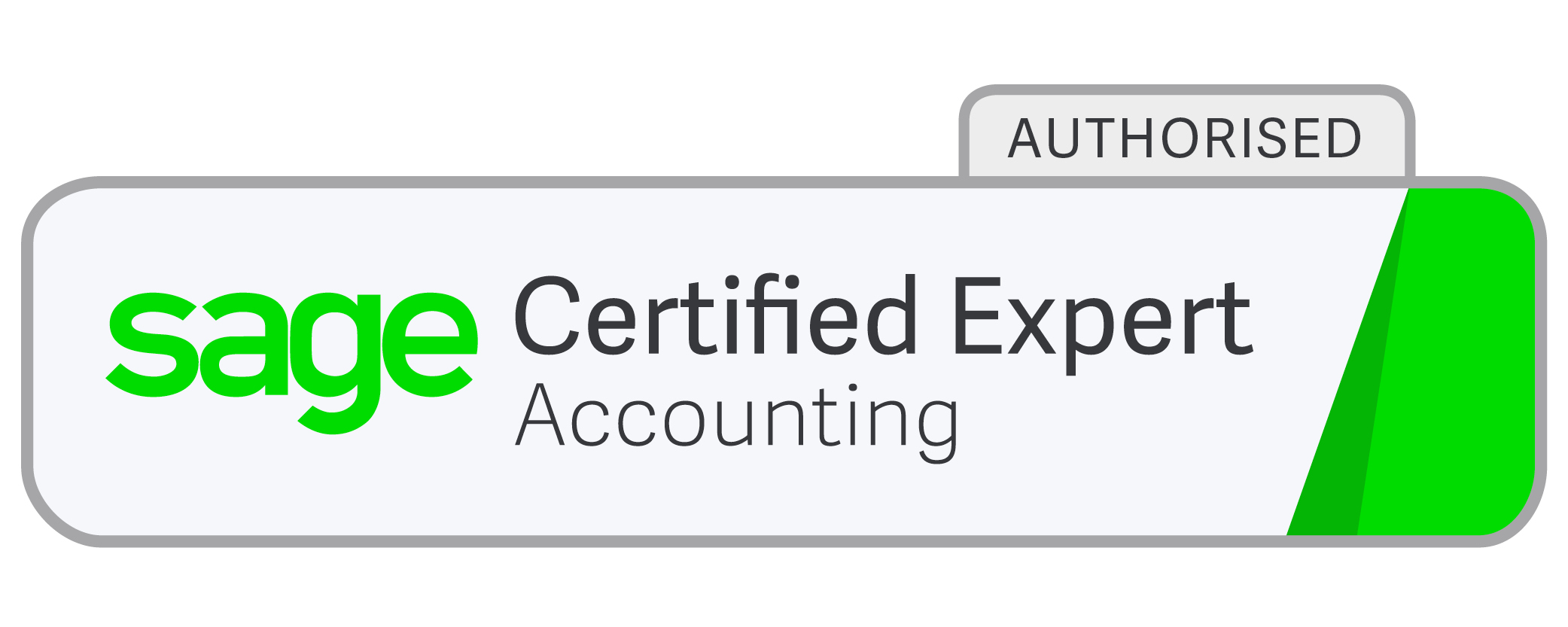Year End Marginal Tax Rate Planning
Newsletter issue - March 08.
When you run your own company you have a certain amount of control over how much income you are personally taxed on in each tax year. The company is taxed on the profits it makes in each accounting year, but you don't have to draw those profits out in the same period. You probably take a basic salary from your own company and top-up your income needs with a bonus or a series of dividends.
Just before the end of the tax year is a good time to assess how much you have taken out of the company, and what your total taxable income will be for 2007/08. The threshold at which higher rate tax kicks in is £34,600, so assuming you are aged under 65 and have a personal allowance of £5,225, you can receive gross income of £39,825 in 2007/08 before you start paying tax at 40%.
To work out your gross income you need to 'gross-up' the dividends you receive from your company. Each dividend voucher should show the gross and net amount, but in case you have mislaid those vouchers, £1,000 of net dividend is equivalent to £1,111 gross. Your payslips should show the gross pay you have received and all the tax and NI deducted. You also need to take into account the value of any benefits in kind and interest you have received in this tax year. Interest from bank accounts is normally paid net of 20% tax, so for each £100 net you receive the gross equivalent is £125. Tot up all your different sources of gross income and benefits for the year, to see how much headroom you have before reaching the higher rate tax threshold of £39,825.
If you are about to exceed the 40% threshold, you could postpone issuing that next dividend so it falls after 5 April 2008 and in a new tax year. If you need the cash you could arrange for your own company to lend you up to £5,000 until after 5 April 2008, when it can be repaid with the issue of a dividend or bonus. As long as the total amount you borrow from the company at any one time is less than £5000, and you repay the amount borrowed within nine months of the company's year end, there should be no tax implications.
On the other hand if you have a good deal of headroom before hitting the 40% threshold, and the company has the available cash, it makes sense to withdraw dividends up to that threshold. If you don't need the income straight away you can invest it in your own name or lend it back to your company.
 Cookies are small text files that are stored on your computer when you visit a website. They are mainly used as a way of improving the website functionalities or to provide more advanced statistical data.
Cookies are small text files that are stored on your computer when you visit a website. They are mainly used as a way of improving the website functionalities or to provide more advanced statistical data.



















